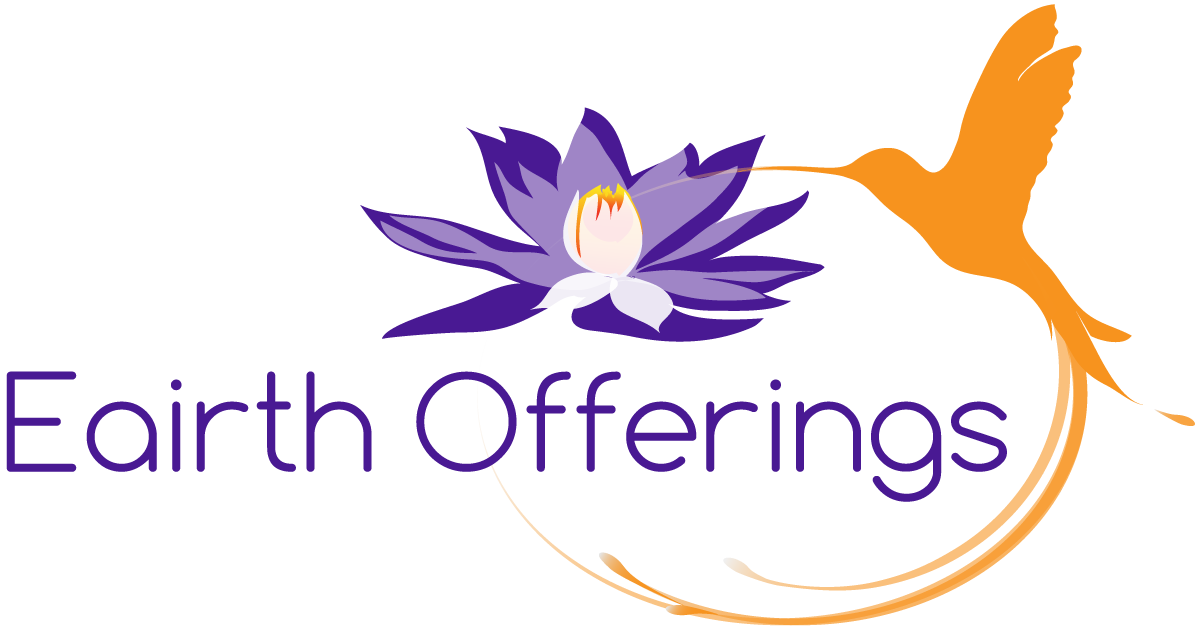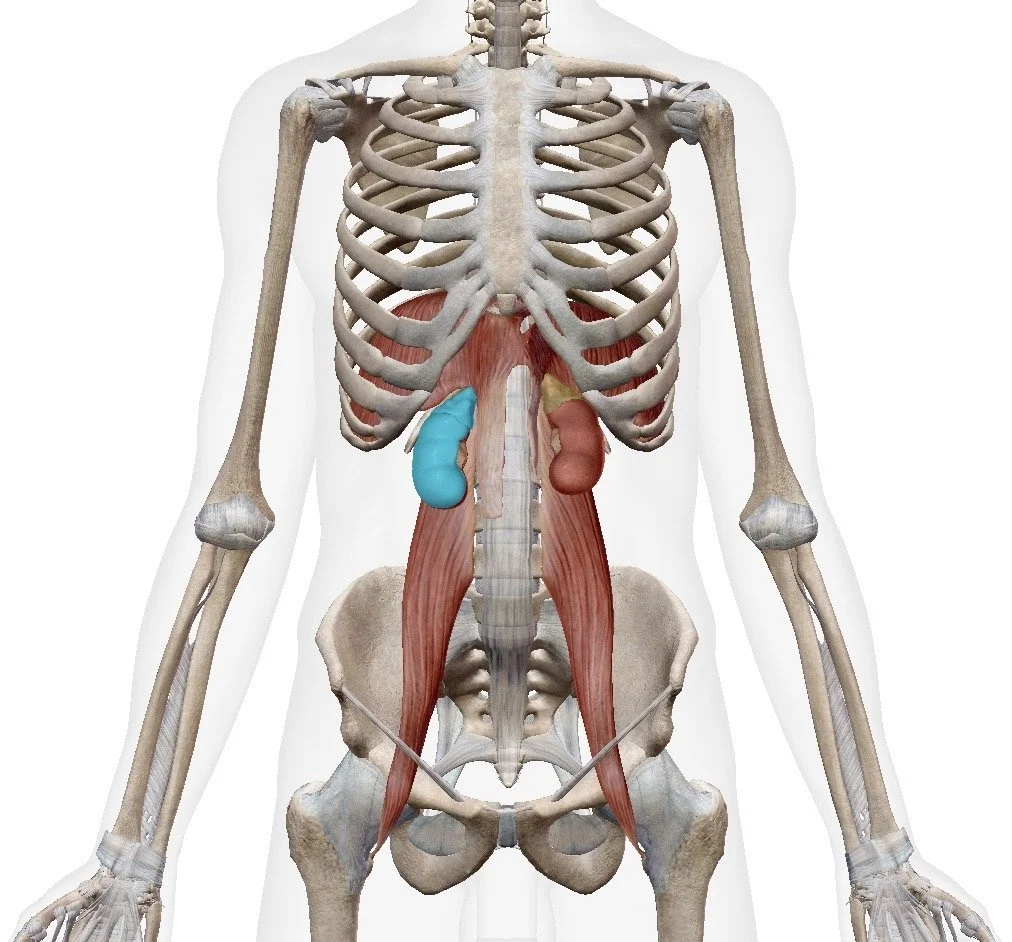
Anatomy
The Psoas and Close Friends
About
The often neglected psoas muscles are vital for healthy posture, low back health, full deep breathing, and overall resilience and equanimity. More specifically, they assist with movement at the hip and thigh; they flex the thigh at the hip joint, or if the femur is fixed, they flex the trunk (like if you’re sitting up or folding forward.)
Location
The pair of muscles attach to all the lumbar vertebrae, then swing through the back of the pelvis, cross over the front of the pubic bone, and attach onto the lesser trochanter - a small bony point on the upper femur (thigh bone). They’re about the diameter of your wrist.
Important Connections
• The psoas are intimately connected to the primary breathing muscle - the diaphragm, an umbrella-shaped muscle attached to the lower ribs. We can say that the state of the psoas is the state of the diaphragm, and visa versa.
• They share a close connection to the kidneys and adrenal glands (highlighted in blue in the lower photo - adrenal gland sits atop the kidney like a winter cap)
Problem
They’re often neglected until there’s a problem with how tight they are - often due to excessive amount of sitting, stress, or trauma. When we sit for long periods, the psoas gets tight. You might recall times when you’ve been sitting and then go to stand and it takes time to straighten up; this can be a psoas that has “gone to sleep”. Most of us can benefit from waking up this sleep pair of muscles. Sometime one side can be tighter than the other which can create other problems for the hips.
Working with the Psoas
GENTLY… zero aggression. We simply want to improve circulation to the area and bring a fresh blood supply to them. In this way, we can “wake them up” and remind them of their important job.
While walking is a wonderful way to keep the psoas nicely elongated, sometimes, a little extra TLC can be beneficial. Learn more about the Psoas Wake Up and Psoas Walk.


